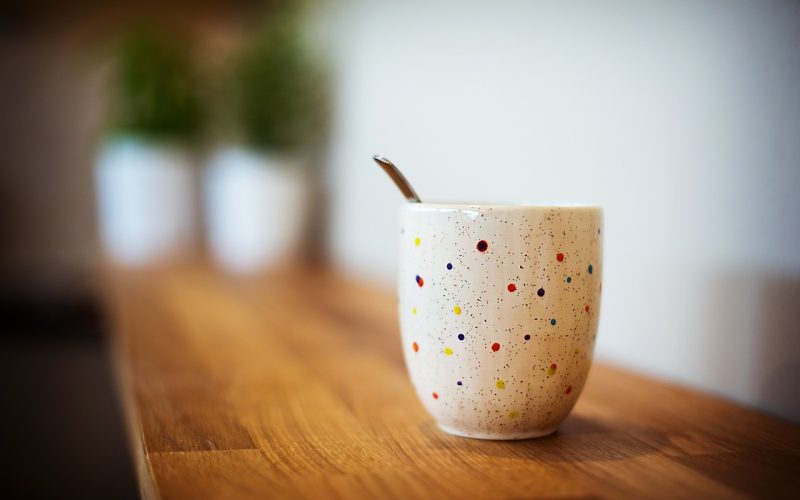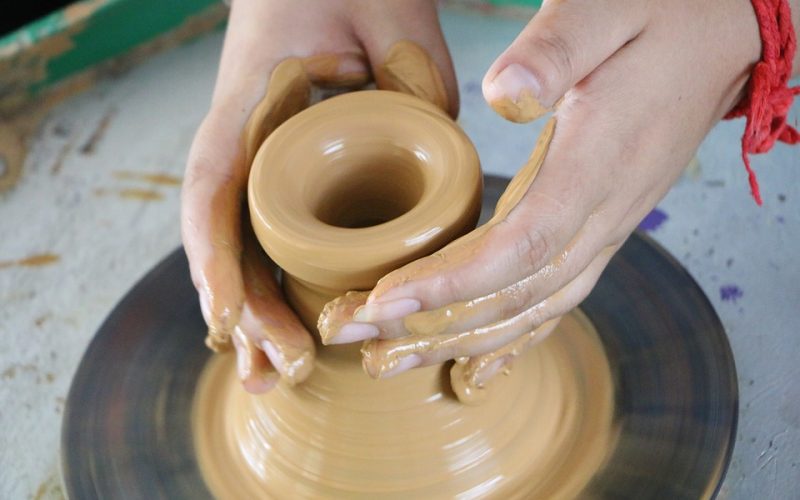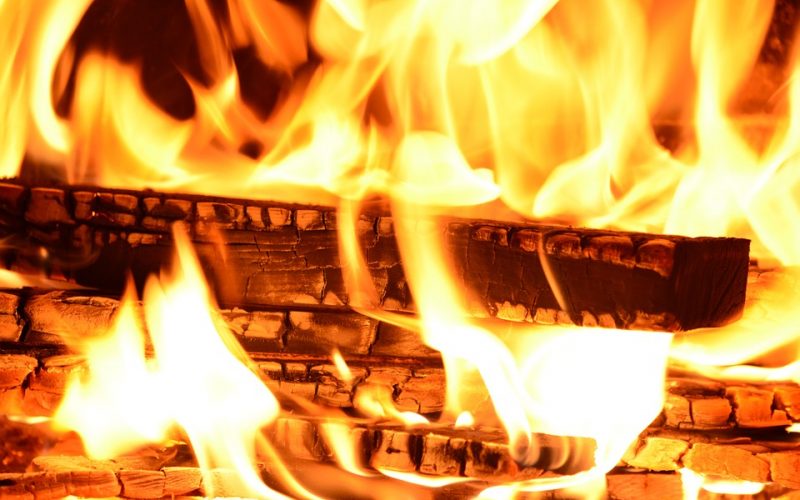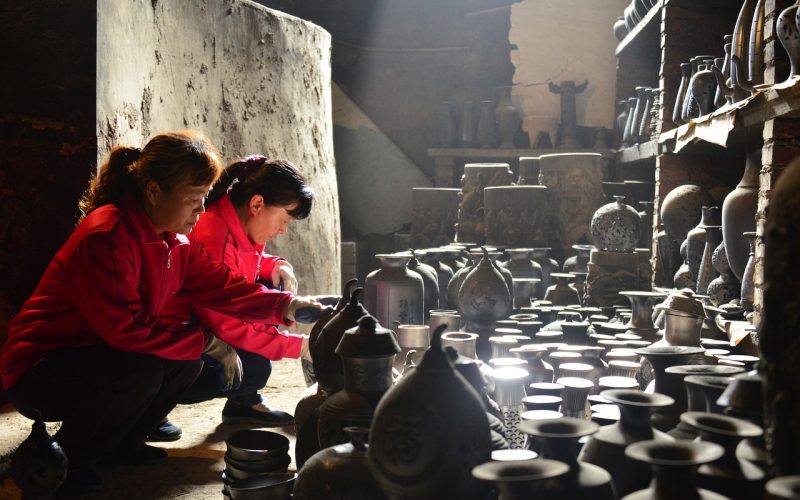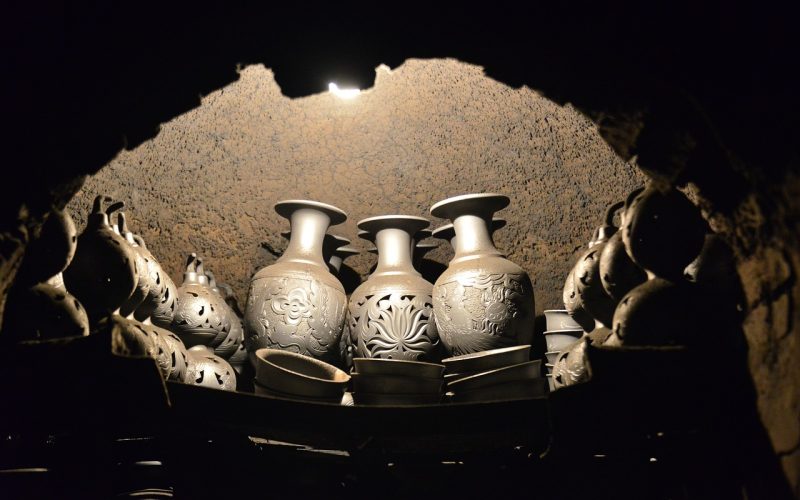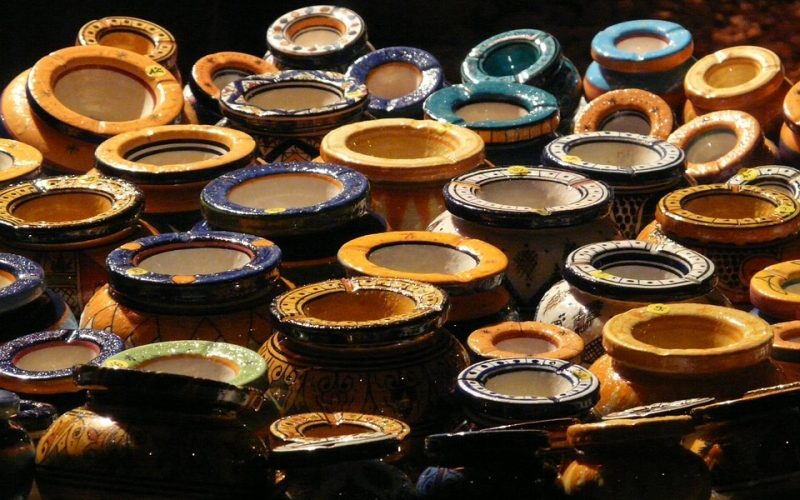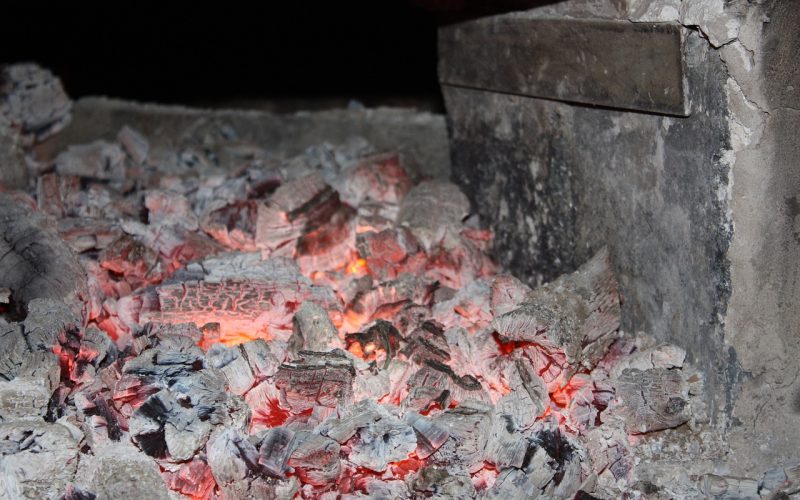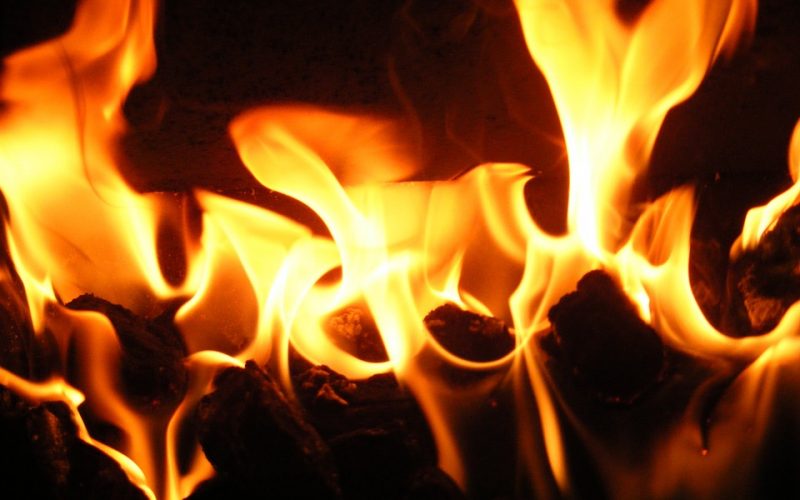Pottery For The Masses
Mass production has revolutionised the way we consume products, including everyday ceramic items such as mugs, plates, and tiles. The process of mass-producing ceramics combines traditional craftsmanship with modern technology to create high-quality, durable, and aesthetically pleasing pieces at scale. In this article, we will explore the intricate steps involved in the production process of mass-producing ceramic objects for consumers.
The initial concept and design phase
The production process begins with the conceptualisation and design of the ceramic object. Manufacturers collaborate with designers to create both functional and visually appealing products. This phase involves sketching prototypes and using computer-aided design (CAD) software to refine the shapes, sizes, and patterns. The design must consider both aesthetic appeal and practical usability, ensuring the final product meets consumer expectations.
Sourcing and preparing raw materials
The next step in mass-producing ceramics involves sourcing high-quality raw materials such as clay, kaolin, feldspar, and quartz. These materials are carefully selected based on the desired properties of the final product, such as strength, translucency, or colour. Once sourced, the raw materials are blended to create a homogenous mixture. This mixture is then processed through machines that mill and filter it, removing impurities and achieving the right consistency for moulding.
Forming and shaping techniques
After preparing the raw materials, the next stage is forming and shaping. The choice of technique is determined by the type of object being created. Common methods include slip casting, extrusion, and pressing. Slip casting involves pouring liquid clay into plaster moulds, while extrusion is used for long, uniform shapes like pipes. Pressing, on the other hand, involves compressing the clay into desired shapes using hydraulic or mechanical presses. Each method offers various advantages, and manufacturers often choose based on the specific requirements of the object.
Firing and glazing processes
Once the ceramic pieces have been formed, they undergo the crucial process of firing. Firing is essential to harden the ceramic, giving it strength and durability. The pieces are placed in kilns where they are subjected to high temperatures, typically ranging between 1000°C and 1400°C. This process can occur in two stages—bisque firing, which removes moisture and sets the shape, and glaze firing, which adds a glossy finish. Before the final firing, a glaze—a thin layer of glass-forming minerals—is applied to the surface, providing both aesthetic appeal and a protective coating.
Quality control and finishing touches
Quality control is a vital step in the mass production of ceramics. Each piece undergoes rigorous inspection for defects such as cracks, excessive warping, or glaze inconsistencies. Imperfect items are discarded, while acceptable products receive finishing touches. These may include polishing, applying decals, or adding decorative elements. Some manufacturers also employ advanced technologies like laser engraving for customisation, enhancing the uniqueness of their products.
Packing and distribution
The final stage involves the packaging and distribution of the ceramic products. Items are carefully packed to prevent damage during transit, often using eco-friendly materials to align with sustainability goals. Manufacturers partner with logistics companies to ensure efficient distribution to retailers and consumers. With global supply chains, these ceramics can reach markets worldwide, bringing beautifully crafted pieces to homes and businesses around the globe.
The mass production of ceramic objects is a complex yet fascinating process that marries traditional craftsmanship with modern technology. From initial design to final distribution, each step is meticulously planned and executed to deliver high-quality products to consumers. Understanding this process not only highlights the skill involved but also enhances appreciation for the ceramic items that are part of our daily lives.
